Google is making noticeable progress on this DeX-killer feature for Android
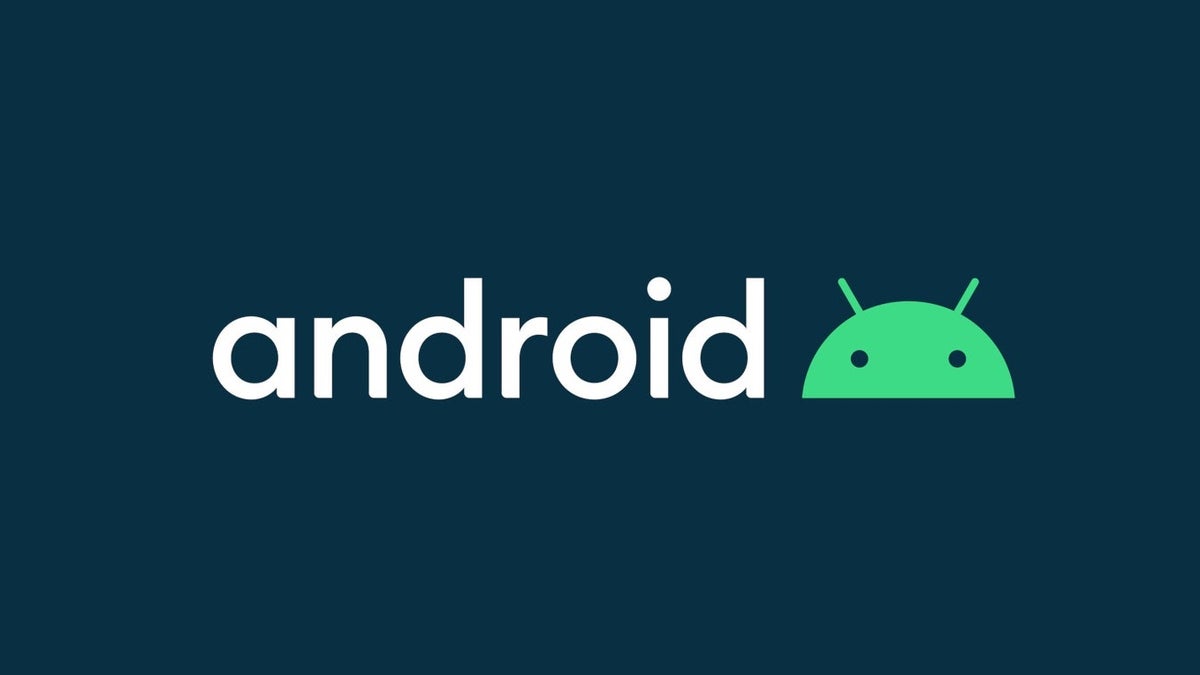
Google is making progress in developing the native desktop mode for Android that we originally thought would launch with the Pixel 8 series, designed to offer an experience similar to Samsung's DeX when a phone is connected to an external display. Early versions of this feature have been uncovered in Android code, giving a preview of Google's approach.
Previews show that connecting a Pixel phone running this developmental software to a monitor brings up a more computer-like interface than the simple screen mirroring currently available. This includes a taskbar at the bottom of the screen, providing access to pinned applications, an app drawer, and recently used apps. A standard status bar also appears at the top.
The most important improvement is the way apps can be managed. The new desktop mode allows users to open several applications at once in separate, floating windows. These windows can be moved around the screen, resized, and snapped to the sides, much like on traditional desktop operating systems. This setup aims to make multitasking easier, including dragging and dropping content between compatible apps. This functionality seems to be an expansion of the freeform window mode Google introduced for tablets, now adapted for use on external monitors connected to phones.
For years, Samsung users have had DeX, which provides a mature desktop experience. Motorola also offers a similar system called Ready For on some of its phones. Google creating its own version is significant because it could eventually bring this functionality directly into the core Android system, potentially making it more widely available and not just for Pixels.
However, the feature is still clearly in development. Reports suggest it is unlikely to be ready for the main public release of Android 16 later this year. It might appear later as an option for developers in an Android 16 update, or possibly be held back for Android 17 in 2026. Google still needs to refine aspects like letting users control the phone's screen using the same keyboard and mouse connected to the external display.
However, the feature is still clearly in development. Reports suggest it is unlikely to be ready for the main public release of Android 16 later this year. It might appear later as an option for developers in an Android 16 update, or possibly be held back for Android 17 in 2026. Google still needs to refine aspects like letting users control the phone's screen using the same keyboard and mouse connected to the external display.
Having a built-in desktop mode could make Android phones much more versatile tools. It encourages app developers to better support large screens. For this to succeed, Google needs to ensure the final version is stable and genuinely useful, delivering on the potential for a more unified experience across different screen sizes. I know I'm definitely going to be using this quite a bit once it launches, as it reminds me of Chrome OS.
Follow us on Google News


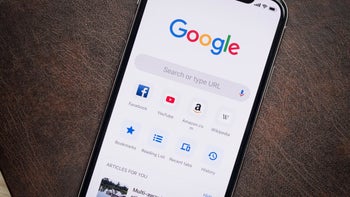
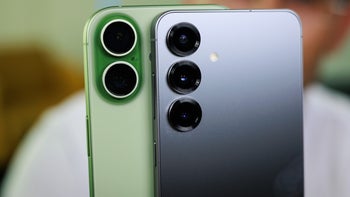

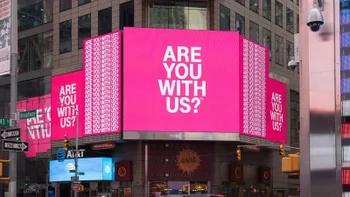
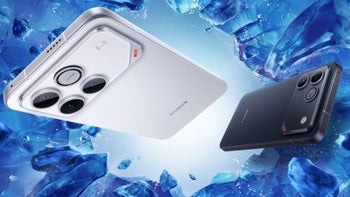


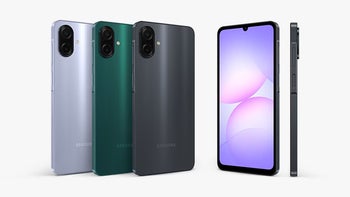
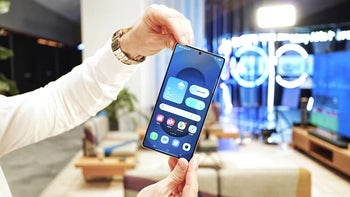
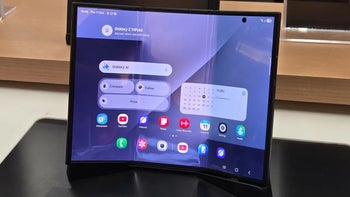
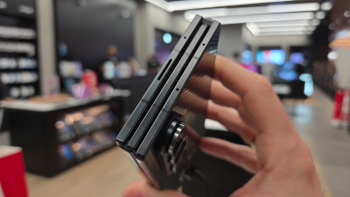
Things that are NOT allowed:
To help keep our community safe and free from spam, we apply temporary limits to newly created accounts: